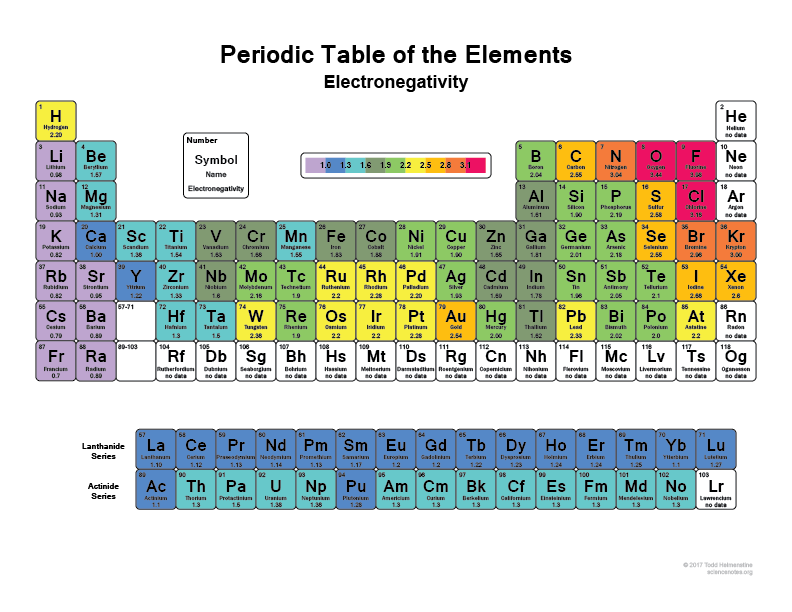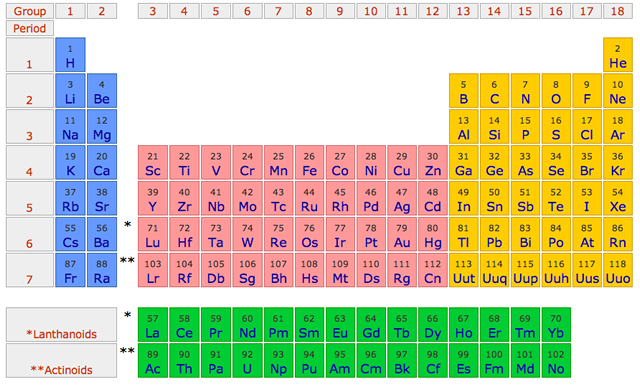Electron Affinity Periodic Trend: Electronegativity is the tendency of an atom in a compound to attract a pair of bonded electrons towards itself.
Electron Affinity Periodic Trend: Electronegativity
Page Contents
Electronegativity: The tendency of an atom in a compound to attract a pair of bonded electrons towards itself is known as electronegativity.
It is important to note that electron affinity and electronegativity both measure the electrons attracting power but the former refers to an isolated gaseous atom while the later to an atom in a compound.
Thus electron affinity is attraction for a single electron while electronegativity is for a pair of bonded electrons.
Further electron affinity is energy while electronegativity is a tendency.

Electron Affinity Periodic Trend
Electronegativity depends upon
(a) The size of the atom
(b) Electronic configuration
Small atoms attract electrons more than the larger one and are there for more electronegative.
Secondly, atoms with nearly filled shells of electrons, will tend to have higher electronegativity than those sparsely occupied ones.
Trends: (i) In a period, electronegativity increases from left to right. This is due to decrease in size and increase in nuclear charge.
Thus the alkali metals possess the lowest value, while the halogens have the highest.
Inert gases have zero electronegativity.
(ii) In a group, electronegativity decreases from top to bottom. This is due to increase in atomic size.
If an element exhibits various oxidation states, the atom in the higher oxidation state will be more negative due to greater attraction for the electron.
Electron Affinity Periodic Trend>>Concept of electronegativity may predict following properties.
(a) If two atoms have similar electronegativities, the bond between them will be covalent. While a large difference in electronegativities leads to an ionic bond(a strong bond).
It is observed that when the difference between the electronegativities of the two atoms is 1.7, the bond formed between them will be 50% ionic in character.
(b) A covalent bond is a weaker bond, while an ionic bond is a stronger bond, greater the ionic percentage character of a bond more is its stability.
(c) Greater the electronegativity of an element, greater is its tendency to gain electrons (greater oxidising power) and more is its non-metalic properties.
Electron Affinity Periodic Trend:
Conversely, The elctropositive character (the tendency of an atom to lose its valence electrons) decreases across the periods and increases down the groups.
Alkali metals(group 1) are the most electropositive followed by the alkali earth metals (group 2).
Oxides of these elements become increasing acidic across a period, but increasingly basic down a group.
Since electronegativity is a relative property, it has no units. Electronegativity may be expressed on the following scales……………
(1) Mulliken’s Scale: Mulliken regarded electronegativity as the average value of ionization potential and electron affinity of an atom.
(2) Allred-Rochow Scale: Allred and Rochow defined electronegativity as the electrostatic force exerted by the nucleus on the valence electrons.
χ = (0.359 Z)/r2 + 0.744
where Z is the effective nuclear charge and r is the covalent radious of the atom in Å.
For more reference click here

